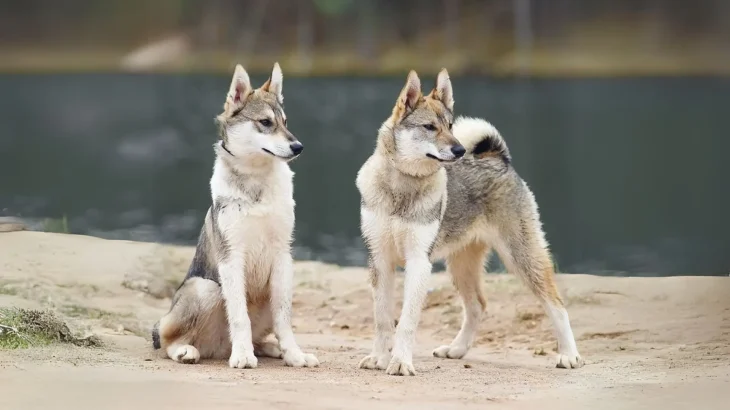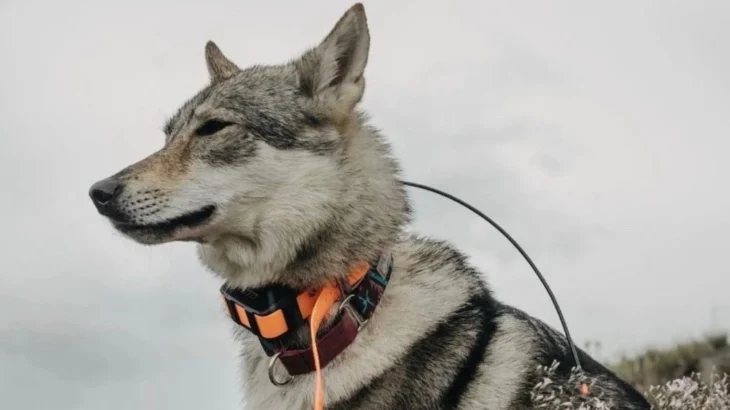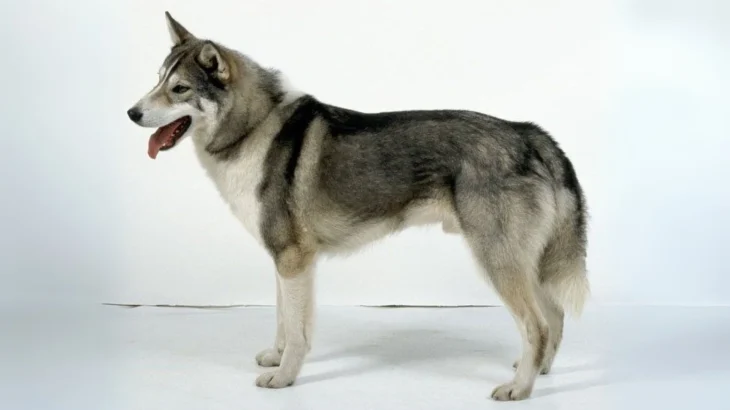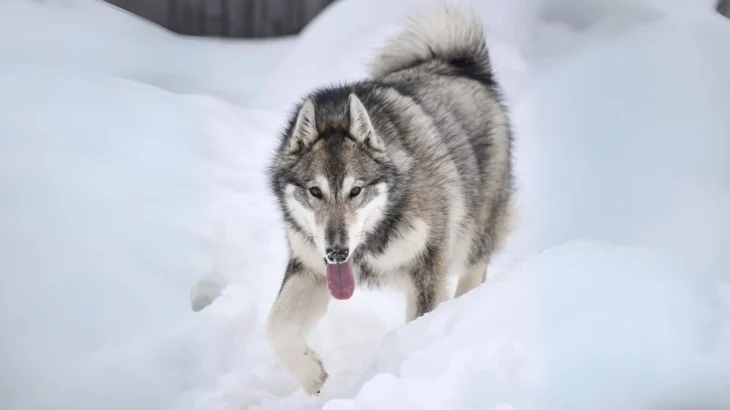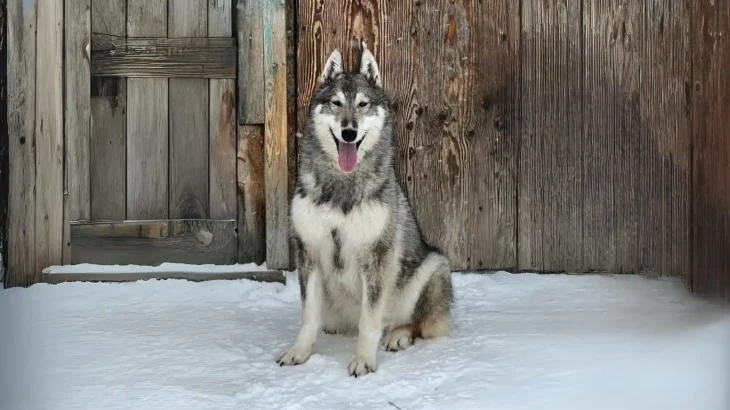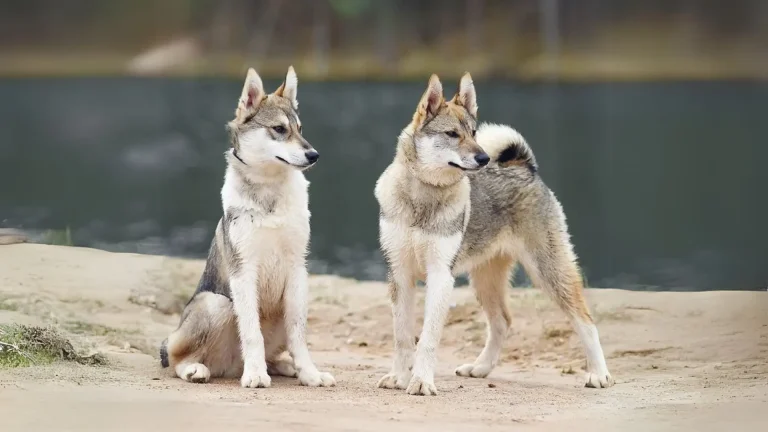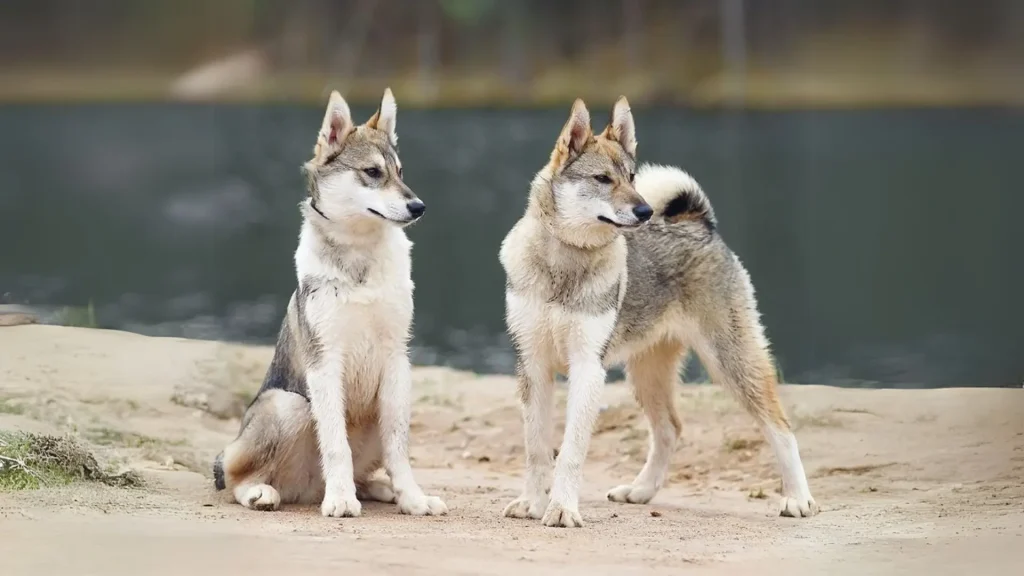Choosing between buying a West Siberian Laika puppy from a breeder or adopting one from a rescue is an important decision that depends on factors like health transparency, cost, and ethics. Both options have unique benefits for those who appreciate the breed's traits and background.
Here's a brief look at the pros and cons:
| Criteria | Buying from Breeder | Adopting from Shelter/Rescue |
|---|---|---|
| Cost | Usually higher due to purebred status and breeder care. | Often lower adoption fees, more affordable. |
| Health History | Breeders provide detailed health records and genetic info. | Health history may be limited; shelters rely on assessments. |
| Age Availability | Mostly puppies, allowing early bonding and training. | Various ages, including adults, offering flexibility. |
| Temperament Insight | Breeders can share lineage and behavior traits. | Rescue staff can offer behavior notes; past unknown. |
| Supporting Practices | Helps preserve breed via ethical breeding programs. | Aids animal welfare by giving homes to dogs in need. |
| Ethical Considerations | Verify breeder ethics to avoid supporting poor practices. | Focuses on rescue and rehabilitation efforts. |

